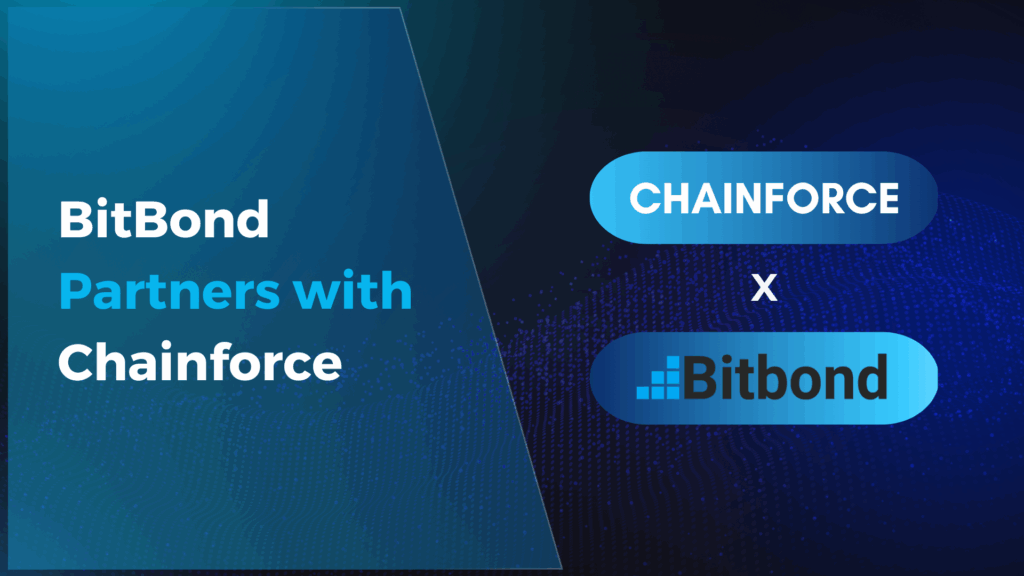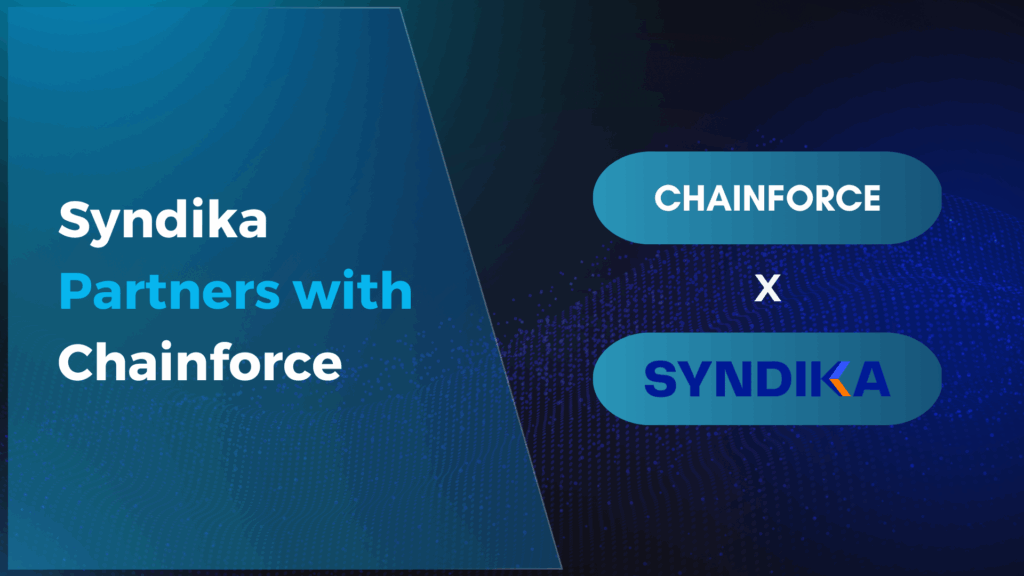Introduction
The ever-evolving world of crypto games has brought the nuances of tokenomics to the forefront of game development. Constructing a successful crypto game now demands more than just captivating graphics and engaging gameplay; it requires a deep understanding of tokenomics, the driving force behind the GameFi sector’s rapid growth. By meticulously crafting a well-structured token economy, developers can not only attract investors but also foster user engagement, thus laying the foundation for a thriving gaming experience.Unveiling the Core of Tokenomics in Crypto Games
In the midst of the thriving GameFi market within the crypto realm, the undeniable importance of tokenomics becomes increasingly apparent. The surge in venture capital investments, skyrocketing from $874 million in 2021 to an astounding $2.4 billion in 2022 for GameFi and metaverse projects, underscores the immense potential within the gaming sector. With projections hinting at a potentially staggering $38 billion GameFi market by 2028, the necessity for robust tokenomics is undeniable. This exponential growth accentuates the critical role of well-designed blockchain-based games that seamlessly blend captivating gameplay with efficient monetization strategies rooted in tokenomics.Delving Deeper into Token Mechanics in Crypto Games
At the core of crypto games lies token mechanics, which unravel the foundational elements driving the entire gaming experience.- Game Tokens and Coins: In the realm of blockchain games, coins and tokens play pivotal roles. While coins predominantly serve as digital currency for transactions, tokens embody functionalities intrinsic to the game. These tokens fall into two distinct categories: fungible tokens, which are interchangeable without any loss of value, and non-fungible tokens, representing unique and distinctive in-game items. These non-fungible tokens perform a variety of functions, from serving as in-game assets to becoming collectible pieces of crypto art.
- Buyback-and-Burn Mechanism: An indispensable aspect of maintaining a healthy game economy, this mechanism involves repurchasing and subsequently “burning” tokens to regulate their supply.
- Token Minting & Distribution: Crafting tokens and their distribution methods are pivotal aspects of tokenomics. This process encompasses strategies like presales, airdrops, and rewards, all with a focused aim of ensuring stability and bolstering user engagement.
- Token Burning: The concept of permanently removing tokens from circulation to manage supply and prevent value erosion is an integral component of tokenomics.
- Staking: Locking tokens in wallets to earn rewards is beneficial both to players and the equitable distribution of revenue.
- Treasury: Serving as the centralized hub for token accumulation and distribution, the treasury’s mechanisms are intricately linked to tokenomics, often tied to user participation, rewards, and liquidity.
- Voting: Empowering players with the ability to influence governance through token-based voting serves as a pivotal feature of tokenomics, fostering community involvement.
- Pegging: Establishing a connection between token values and external assets ensures price stability, a key application of tokenomics.
- Wrapping & Bridging: Facilitating seamless asset transfer between diverse blockchains practically demonstrates the principles of tokenomics.
Crafting a Token Economy in 5 Key Steps
The journey to creating an effective token economy for a crypto game is a meticulously planned endeavor. Here’s a succinct breakdown of the process:- Identify Game Participants: Defining the roles of players, investors, and developers while devising strategies to attract investors and engage users lays the foundation for effective tokenomics.
- Define Participant Motivation: Tailoring motivations to cater to players seeking entertainment and earnings, along with investors aiming for returns, forms an integral part of the tokenomics strategy.
- Create Game Mechanics: Designing captivating core mechanics that attract and retain players becomes a crucial factor influenced by tokenomics.
- Design Token Economy: Making pivotal decisions concerning token supply, distribution methods, token categories, and interaction dynamics serves as the heart of tokenomics.
- Define Token Dynamics: Strategizing token circulation and utilization to sustain value and garner community support forms an essential principle of tokenomics.
Real-World Examples of Token Economies
Several successful games serve as real-world exemplars of well-structured token economies, effectively showcasing tokenomics in action:- Decentraland: The MANA token drives user-owned virtual lands and support platform development, standing as a live testament to tokenomics’ effectiveness.
- The Sandbox: The utilization of the SAND token for in-game transactions and asset monetization is a tangible demonstration of tokenomics’ impact.
- Alien Worlds: The implementation of the TLM token for gameplay, DeFi (Decentralized Finance), and governance across virtual planets embodies tokenomics’ versatility.



